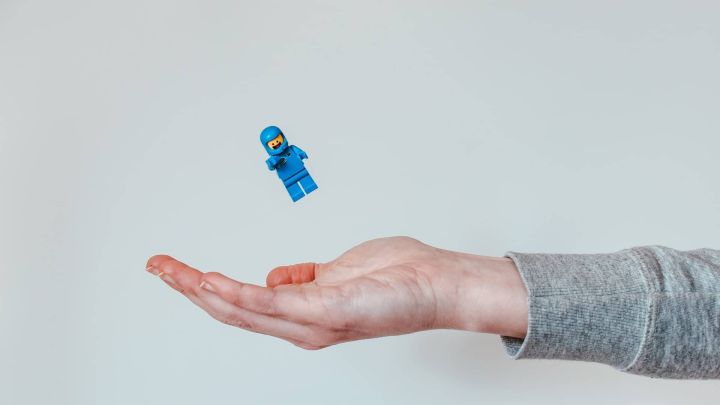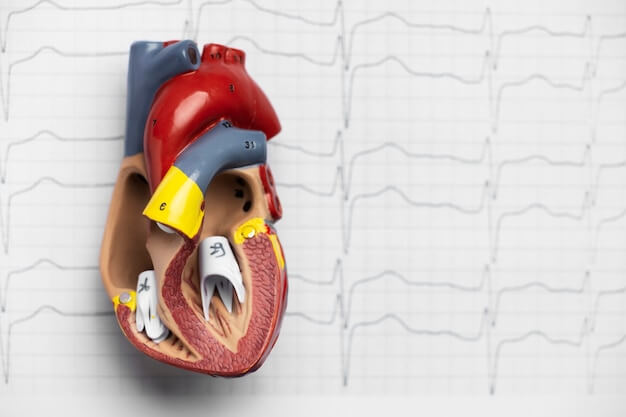Apparatus
Canada has developed a hand-held detector to help reduce the use of antibiotics
As more and more organisms become resistant to antibiotics, the threat to human health is increasing. The overuse of antibiotics leads to drug resistance. It is very important to limit the use of antibiotics. The research team of the University of Alberta in Canada has recently developed a hand-held detection instrument, which allows first-line clinicians to distinguish between patients with viral infection or bacterial infection within a few minutes, thus helping to reduce unnecessary antibiotic prescriptions and overuse of antibiotics. Because antibiotics are only effective for bacteria, if the patient is infected with virus, there is no need to prescribe antibiotics.

As more and more organisms become resistant to antibiotics, the threat to human health is increasing. The overuse of antibiotics leads to drug resistance. It is very important to limit the use of antibiotics. The research team of the University of Alberta in Canada has recently developed a hand-held detection instrument, which allows first-line clinicians to distinguish between patients with viral infection or bacterial infection within a few minutes, thus helping to reduce unnecessary antibiotic prescriptions and overuse of antibiotics. Because antibiotics are only effective for bacteria, if the patient is infected with virus, there is no need to prescribe antibiotics.

The instrument determines the type of infection by detecting whether a molecule called procalcitonin appears in the patient's blood. Serum procalcitonin is released in the blood when the patient is infected with bacteria, but not when the patient is infected with virus. Under normal circumstances, procalcitonin cannot be detected in human body. When the patient is infected by bacteria, the content of serum procalcitonin in the blood will increase.
The goal of the research team is to be able to place the antibody on the surface of the nano structure of the instrument, so as to identify the serum procalcitonin molecules in the blood drops. When serum procalcitonin combines with antibody, its surface color will change.
The research team has been funded by the Canadian Institute of Health. Next, it will apply for patents, produce instruments, and conduct necessary tests to verify its effectiveness. At the same time, they have established a derivative company, OR Science, which will commercialize the technology.
-
![]()
![]() ApparatusDec 29, 2025
ApparatusDec 29, 2025Hutchison Pharmaceuticals Announces Approval Of Cd73 Monoclonal Antibody Mupadolimab In Phase I/Ib Clinical Trial In China
-
![]()
![]() ApparatusDec 28, 2025
ApparatusDec 28, 2025Watch Out For The Me Better 'Trap' Behind The Changing Future Of Frα Adc Rising Stars
-
![]()
![]() ApparatusDec 27, 2025
ApparatusDec 27, 2025New Discovery: Drug For Parkinson's Disease That May Reduce Chemotherapy Side Effects And Boost Cancer-Fighting Power!
-
![]()
![]() ApparatusDec 26, 2025
ApparatusDec 26, 2025Georgia Institute of Technology 3D printing heart valve model to improve the success rate of valve replacement
-
![]()
![]() ApparatusDec 25, 2025
ApparatusDec 25, 2025Germany Develops Faster, Cheaper New Crown Pcr Assay




